[TAKK...]
October 31, 2013 14:00
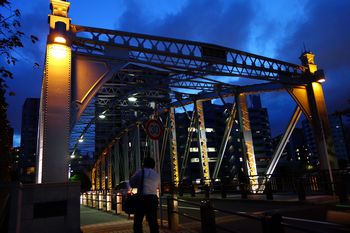
Minami-Takahashi is an iron bridge that was built on the Kamejima River in 1932 (1932) as part of the reconstruction plan after the Great Kanto Earthquake.
A part (central part) of the former Ryogoku Bridge, which was hung over the Sumida River in 1904 and was damaged by the Great Kanto Earthquake of 1923, is used for this bridge.
It is said that it is the oldest road bridge in Tokyo where cars can pass.
It is designated as Tangible Cultural Property in Chuo-ku.
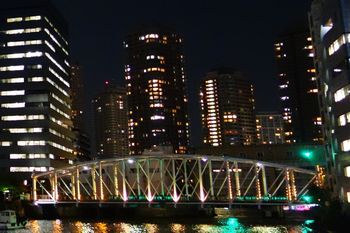
[TAKK...]
09:00 on October 2, 2013
[Ginza]
September 20, 2013.
On the release date of the new iPhone, in front of the Apple store in Ginza, there was a long line called more than 700 people.

A new fingerprint authentication function has been added to the new iPhone 5s, which has become a hot topic.
When did such a method of identifying individuals from fingerprints begin?
[Akashicho]
In Akashi-cho, Chuo-ku, just 1 km from Ginza, there is a stone monument called "the birthplace of fingerprint research."

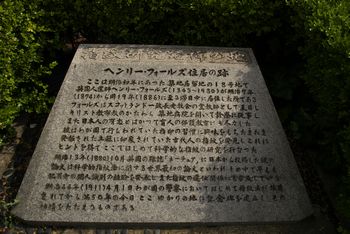
Akashicho became a foreign settlement (Tsukiji settlement) in the Meiji era, and many Westerners lived there.
Henry Falls, an Englishman, lived in a corner of the Tsukiji settlement, where the monument is currently located.
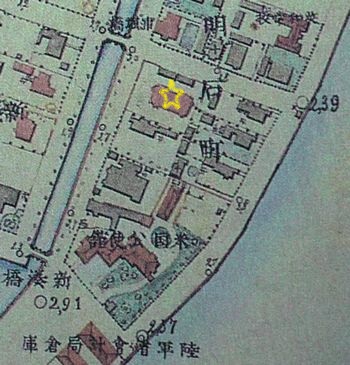
You can also see the name of "Henry Halls" in the map of the time.
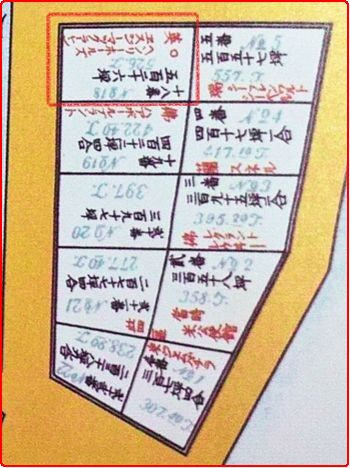
Henry Faulds (Henry Faulds, 1843-1930) came to Japan as a missionary and stayed in Japan between 1874 and 1886. In addition to Christianity missionary work, he opened Tsukiji Hospital and engaged in medical treatment, and worked hard to protect Japanese volunteers and blind people.
In addition, I was interested in the fingerprints of ancient people left on pottery excavated from Omori Kaizuka.
In 1880, he published a paper in Nature, stating that fingerprints can be used to identify individuals.
The stone monument was erected to commemorate the 50th anniversary of the adoption of the fingerprint method by the Japanese police (April 1, 1911) to honor Falls' achievements.








